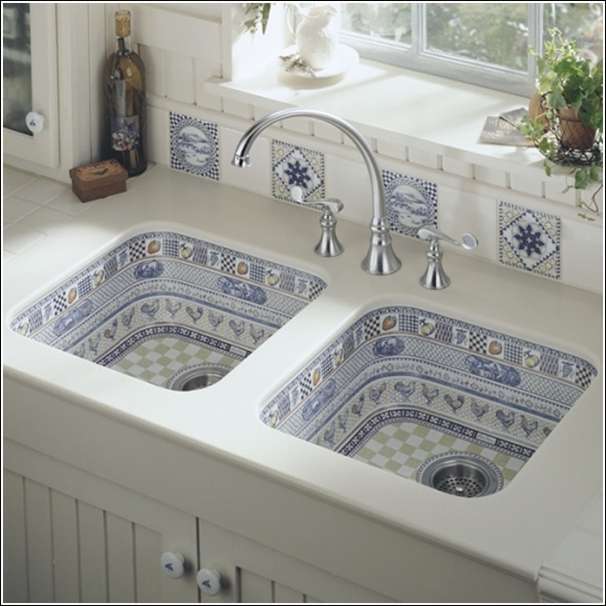When water stops correctly draining out of your kitchen sink, the situation can quickly become more than a hassle. It can make all tasks using the kitchen faucet daunting and even cause unpleasant odors. It is crucial for the overall longevity of your sink and the piping below it that you address the blockage as soon as possible.

Stagnant water sitting for too long in the basin can be damaging to the finish of your sink and dangerous to the health of any pets you may have that could try to drink it. Fortunately, addressing this issue is not as difficult as it may seem at first glance. With the right tools and some guidance, you can have your sink draining as it used to in an afternoon’s time.
Prepare Yourself For the Job:
Unclogging your sink can be done through several methods, from non-chemical to plunging and then more. While it is always best to use non-chemical methods to handle destroying blockage, it does not mean it is always possible. It is more than likely you might need to try more than one method for your blockage until you get it right.
For this task, you may need…
-a plunger
-a drain snake
-a bucket
-a piping wrench
-baking soda
-lemon juice
-vinegar
-a chemical drain cleaner like Draino
Try a Plunger:
If your sink has backed up water and that water refuses to drain at all, it is more likely that the block is very close. Try using a plunger. While it may take longer, patience is critical when using this tool. It works by increasing pressure in the piping and forces the blockage down the drain, even breaking it up. When your sink has stagnant water it is always best to use a plunger or a drain snake, never put chemicals in it as they can merely float around the basin of your sink and become potentially dangerous.
Try Using a Snake On Your Drain:
If you find no luck with the plunger and the blockage is still firmly stuck in place, switch to using a snake. You need to work under your sink for this task, so it is best to find a comfortable position and maybe use a pillow. Put a bucket under the piping and then detach it with a piping wrench so that you have free access to where the block might exist. Use a drain snake from this position and try to clear the block. Should you have used any chemicals in your sink before this, wear gloves. You do not want the water that rushes into the bucket to splash and burn you.
Try Using the Baking Soda and Vinegar Method:
If the water is very slowly draining out of the basin of your kitchen sink, wait for it to do so entirely. Once you do, make a loose mixture of baking soda and lemon juice and then press it into the drain. Use a tool to press the mixture down as far as you can, attempting to get it as close to the blockage as possible. Then wait an hour. Afterward, pour white vinegar down your drain and allow it to foam up. This combination can work as a method of breaking up a light blockage. Pour boiling water down the drain to flush it all.
If You Need a Stronger Method, Use a Chemical Cleaner:
If your blockage is stubborn and baking soda is not helping, consider using a chemical cleaner instead. When using these, always wear gloves and be very careful. Follow the exact instructions and do not use too much at once. These chemicals break up the clog by eroding it. Using chemicals is by far the easiest method to get rid of blockage in your pipes and restore water flow, but chemical cleaners can be harsh on old piping. It is always best to try all other methods first before introducing harsh chemicals to your plumbing.
Other Considerations:
-The blockage may be much further back in your piping and might require the assistance of a professional, though this is rare.
-Always try chemical cleaners last as they should be a last resort.
-Consider wearing gloves the entire time you work for optimal safety and if you have a garbage disposal make sure to unplug it.
In conclusion, there is no need to call a plumber immediately when you have a blockage. In most cases, you can rid yourself of this blockage yourself and restore the flow of water. With the help of a little patience, and some readily available tools, you can have your drain working correctly in an afternoon.